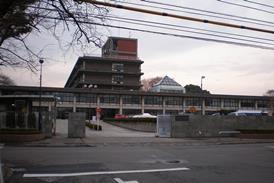IN THIS ERA of growing awareness of energy use and the quality of urban life, many cities are looking to shift the balance between private and public transport.
In our January issue (RG 1.07 p31), UITP Secretary-General Hans Rat argued that there is a direct relationship between the economic success of a city and the quality of its public transport. This hypothesis is explored further in Metro Report 2007, which subscribers should receive with this issue.
One way to divert car users to public transport is city-centre road pricing. Singapore's long-standing tolling scheme was followed by the congestion charge in London, and last year Stockholm residents voted to make permanent an experiment in the Swedish capital. Now New York mayor Michael Bloomberg is looking at tolling options for Manhattan, including a proposal that the revenues should fund free travel on the NYCT subway and bus networks.
Gaining public acceptance requires a carrot and stick' approach. Penalising the motorists is compensated by investment in high-quality alternatives. Cities such as London, Stockholm and New York already have well-established rail networks, and the revenue from road tolls can be used to fund quality and capacity enhancements as they are needed. London Underground confirmed last month that its traffic topped 1 billion passengers/year in 2006-07, thanks in part to modal shift through congestion charging.
In other cities such as Manchester, which is still looking for funding to complete its planned light rail expansion programme, local politicians and transport operators face a conundrum. How can they fund essential rail investment before they introduce road charging? Private finance may offer a way to overcome the phasing hurdle - perhaps through securitising the long-term toll revenues or through a bond issue as used in US cities and more recently in London.

















